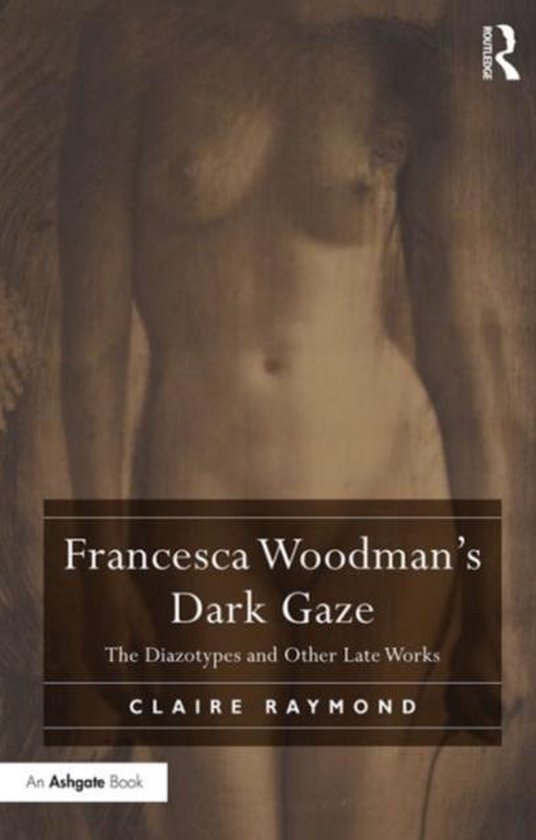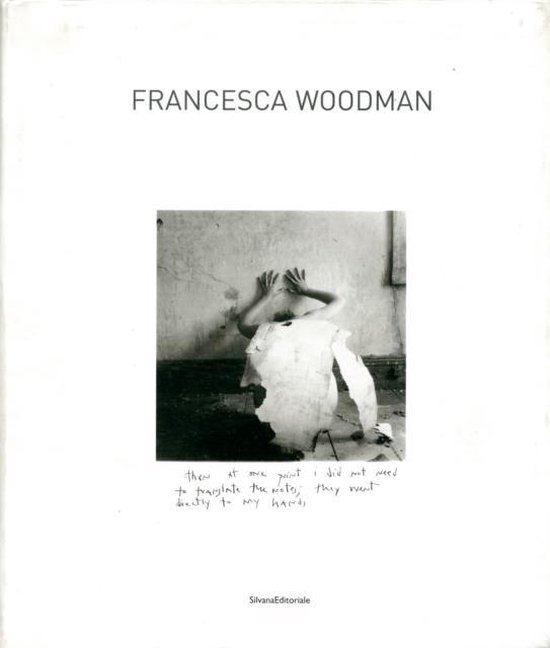
Francesca Woodman and the Kantian Sublime
In her feminist inquiry into aesthetics and the sublime, the author reinterprets the work of the American photographer Francesca Woodman. She argues that Woodman's photographs of decrepit architecture allegorically depict the dissolution of the frame, a dissolution Derrida links to theories of the sublime in Kant's "Critique of Judgment".
In her feminist inquiry into aesthetics and the sublime, Claire Raymond reinterprets the work of the American photographer Francesca Woodman (1958-1981). Placing Woodman in a lineage of women artists beginning with nineteenth-century photographers Julia Margaret Cameron and Clementina, Viscountess Hawarden, Raymond compels a reconsideration of Woodman's achievement in light of the gender dynamics of the sublime. Raymond argues that Woodman's photographs of decrepit architecture allegorically depict the dissolution of the frame, a dissolution Derrida links to theories of the sublime in Kant's Critique of Judgement. Woodman's self-portraits, Raymond contends, test the parameters of the gaze, a reading that departs from the many analyses of Woodman's work that emphasize her dramatic biography. Woodman is here revealed as a conceptually sophisticated artist whose deployment of allegory and allusion engages a broader debate about Enlightenment aesthetics, and the sublime.
In her feminist inquiry into aesthetics and the sublime, Claire Raymond reinterprets the work of the American photographer Francesca Woodman (1958-1981). Placing Woodman in a lineage of women artists beginning with nineteenth-century photographers Julia Margaret Cameron and Clementina, Viscountess Hawarden, Raymond compels a reconsideration of Woodman's achievement in light of the gender dynamics of the sublime. Raymond argues that Woodman's photographs of decrepit architecture allegorically depict the dissolution of the frame, a dissolution Derrida links to theories of the sublime in Kant's Critique of Judgement. Woodman's self-portraits, Raymond contends, test the parameters of the gaze, a reading that departs from the many analyses of Woodman's work that emphasize her dramatic biography. Woodman is here revealed as a conceptually sophisticated artist whose deployment of allegory and allusion engages a broader debate about Enlightenment aesthetics, and the sublime.
| Auteur | | Claire Raymond |
| Taal | | Engels |
| Type | | Hardcover |
| Categorie | | Kunst & Fotografie |





